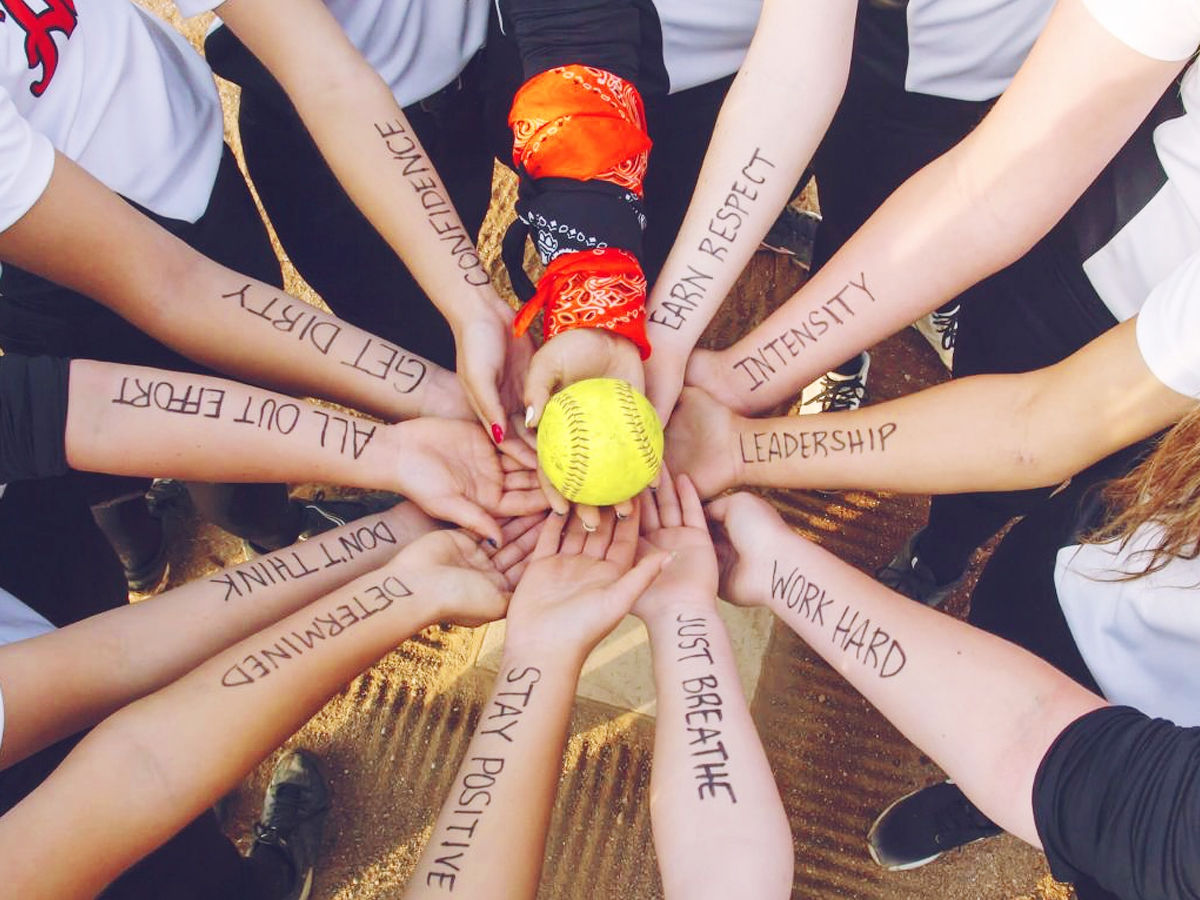The root of good teamwork is to have a mutual dedication to collective goals. Without this, there will be a small effect on the other aspects of team building. Therefore, you need to bring this base of mutual engagement in motion by clarifying the team priorities and building ownership/commitment to those priorities through the team before using any team-building drills and tasks. Identifying the obstacles that hinder the team from completing their targets and eliminating the barriers. Putting enablers in position to improve standards for the priorities. To help the team climb one rung at a time up the ladder of success, use team procedures in the right sequence. Therefore, Team building is not just a single event (although events can play a part), nor is it anything that someone outside the team can do (although outside experts can assist). For the project manager and the team members themselves, it is mostly a job. In today’s business world, teams are becoming a crucial method for coordinating jobs. Teams can amass, assemble, relocate, and disperse immediately. But, teams are an efficient vehicle for inspiring workers. The idea that teams grow and become mature over some time is crucial to remember. By promoting collaboration, coordination, interdependence, and creating morale among team members, team growth creates a captivating environment.
Stages of team development

Stage 1: Forming- Group members will be nervous at this phase, and take a wait-and-see approach. They’re going to be formal with one another. No simple picture of priorities or objectives will be present. Also, they will not be positive that they are there. This is the point where the team has to write its declaration of charter or mission and explain priorities. The most important thing here is that expectations require a personal buy-in. The team will be able to set boundaries and decide what is needed when doing this. Members of the team will get to know each other performing a job that is non-conflict laden. This builds the dedication to one greater purpose. Thus, the team members are in the process of understanding each other and feeling at ease with them during the formation phase.
Stage 2: Storming- Members of the team are excited to get moving during this phase. Conflict can occur as individuals seek to bring forth mixed ideas about how to reach goals. They note differences at this time more than similarities. This leads to certain participants emotionally or physically falling out. Communication is significant at this point. It would raise tensions. It is also important to consider and publicly honour achievements. Participating in meetings is necessary and diversity needs to be respected. Thus, the team members begin displaying their actual styles during the storming process. They’ll start to get irritated. They continue to probe into the territory of each other, resulting in annoyance and irritation. During this process, control becomes the main concern.

Stage 3: Norming- This stage is where individuals start to realize ways in which they are similar. They know they are united in this. Therefore, to have a nice time, they begin to become more social and can lose their concentration. If appropriate, now is the time to assist with preparation. To feel relaxed with one another and with procedures, it becomes necessary to promote them. The party still has to remain focused on the task. Therefore, conflict resolution takes place at the normalization phase. The participation of team members is greater. There is a stronger feeling of “we” rather than a feeling of “I.”
Stage 4: Performing- This stage is when team members are trained, knowledgeable, as well as able to solve their problems. To question them and improve them, opportunities need to be looked at this time. The group is now a mature entity. The representatives know their duties and obligations. They will need more procedural input. As well as self-trained, the participants will be self-motivated. Thus, it is important to appreciate their contributions. Growth needs to be promoted. This is achieved by offering the staff fresh challenges. Thus, teams are self-controlled, realistic, trustworthy as well as efficient at the stage of success. Both efficiency and development are the emphases there.

We appear to want to associate ourselves with individuals that are exactly like us. You’ll opt for a squad of individuals with a range of strengths instead of organizing a pre-formed team. Organizing can be more subtle in the case of a team that is already in place. Like, you should call all the workgroups together and decide what goals you plan and achieve and how everybody should benefit. You’ll probably find that placing expectations on individuals doesn’t work quite as well as asking what expectations they’re going to aspire for. But it is not an easy job to set targets. Very often, without any timeline, they end up being too unrealistic, too ambiguous, difficult to calculate.

























